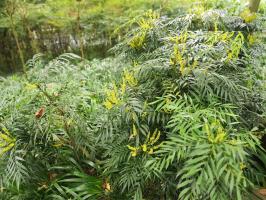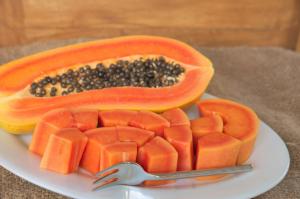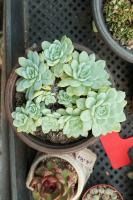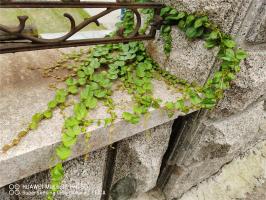Introduction
Seedless vascular plants are a diverse group of plants that reproduce without seeds. Unlike seed-bearing plants, the reproductive structures of seedless vascular plants are not visible and are often found hidden within the plant's tissues. One of the interesting aspects of these plants is that despite not producing seeds, they have evolved unique mechanisms to ensure successful reproduction.
The Reproductive Structures of Seedless Vascular Plants
Unlike seed-bearing plants that produce flowers, seedless vascular plants have reproductive structures that are often small and inconspicuous. These structures, called spores or spore cases, are typically found on the undersides of leaves in ferns and in club mosses, horsetails, and quillworts. Spores are produced in structures called sporangia, which are either clustered together in groups or are located singly on the plant.
The Process of Spore Production
The spore production process in seedless vascular plants begins with meiosis, a process of cell division that produces haploid cells with half the number of chromosomes as the parent cell. These haploid cells are known as spores and they are released from the sporangia into the air or water. The spores are then dispersed to new locations where they may germinate and grow into new plants.
Germination and the Formation of Gametophytes
Once the spore lands in a suitable environment, it will germinate and grow into a small, multicellular structure called a gametophyte. The gametophyte is the sexual phase of the plant's life cycle. In ferns, the gametophyte is a heart-shaped structure that is only a few cells thick. In club mosses and horsetails, the gametophyte is a small, cylindrical structure. The gametophyte produces sex organs that are either male or female.
The Process of Fertilization
Fertilization in seedless vascular plants occurs when the sperm from the male sex organ combine with the egg from the female sex organ. The sperm are released from the antheridium, which is the male sex organ, and swim through a film of water to reach the egg. Once the sperm reaches the egg, fertilization occurs and a new diploid plant is produced. In some species, including ferns, the fertilized egg develops into a new sporophyte plant.
Conclusion
Seedless vascular plants have a unique mechanism of reproduction that involves the production and dispersion of spores, the growth and development of gametophytes, and the process of fertilization. Although these plants do not produce seeds, they are still successful in reproducing and adapting to their environments. Understanding the complexities of seedless vascular plant reproduction is essential for botanists and researchers who want to explore the diversity of plant life on our planet.

 how many times do yo...
how many times do yo... how many planted tre...
how many planted tre... how many pine trees ...
how many pine trees ... how many pecan trees...
how many pecan trees... how many plants comp...
how many plants comp... how many plants can ...
how many plants can ... how many plants and ...
how many plants and ... how many pepper plan...
how many pepper plan...
































